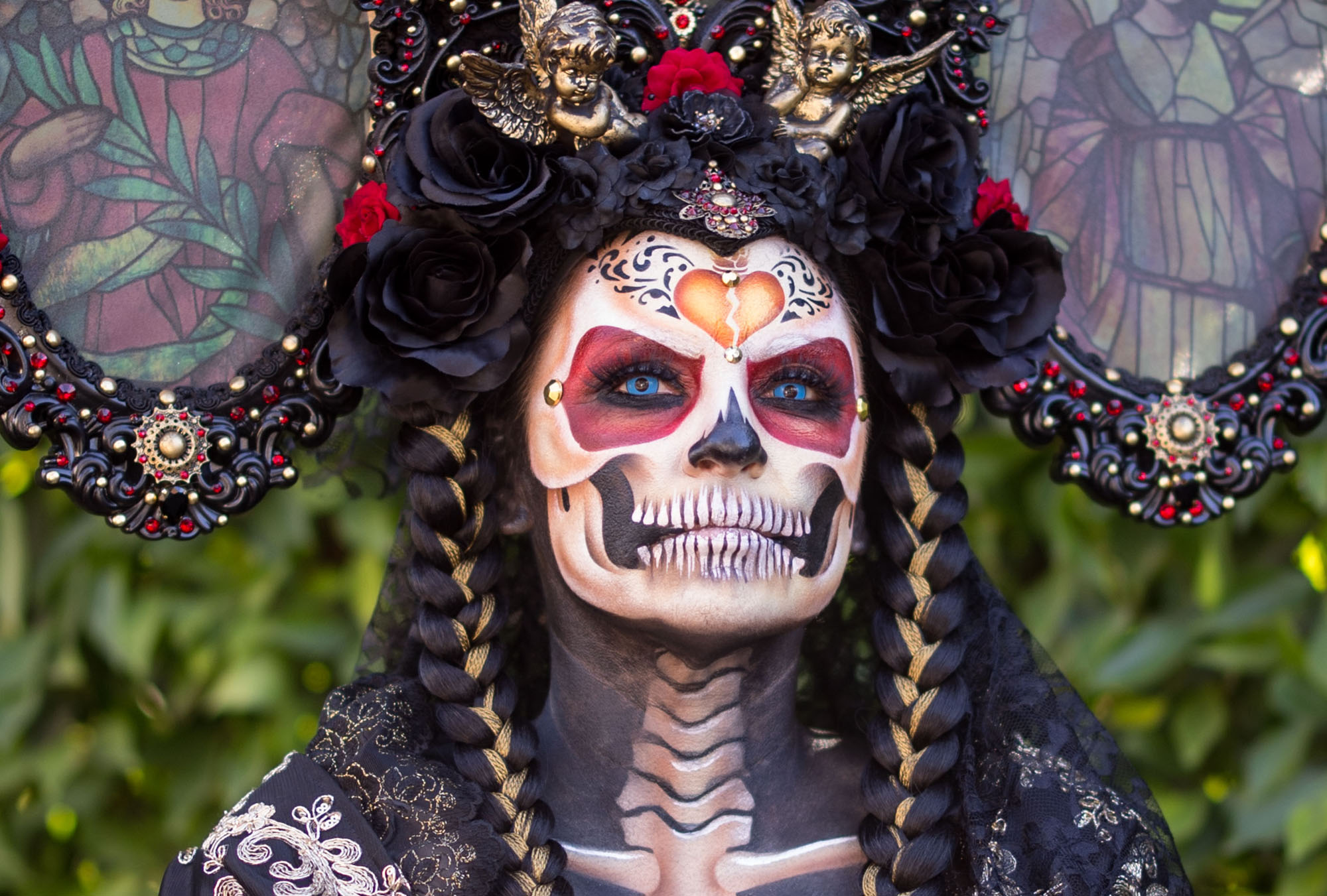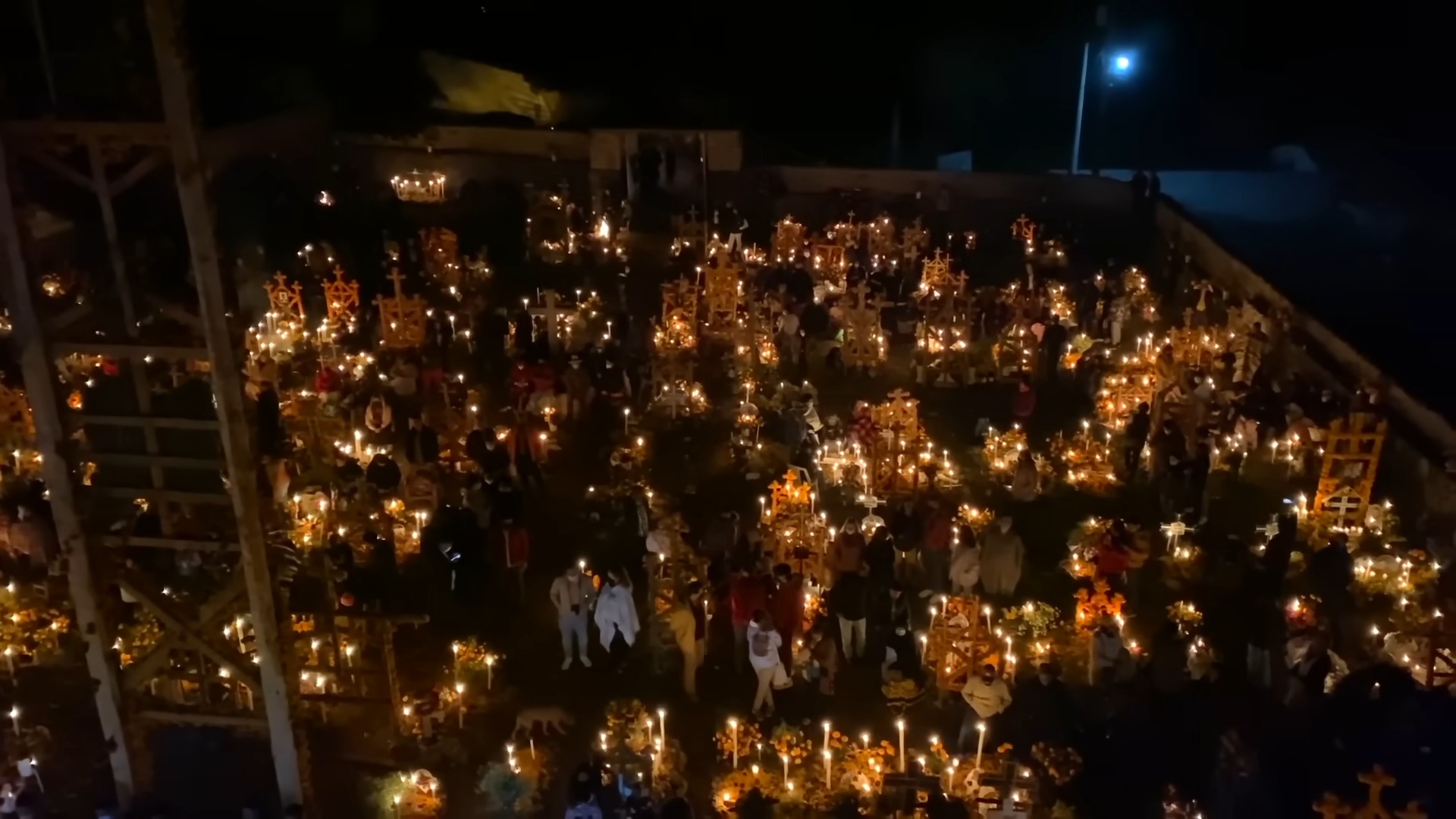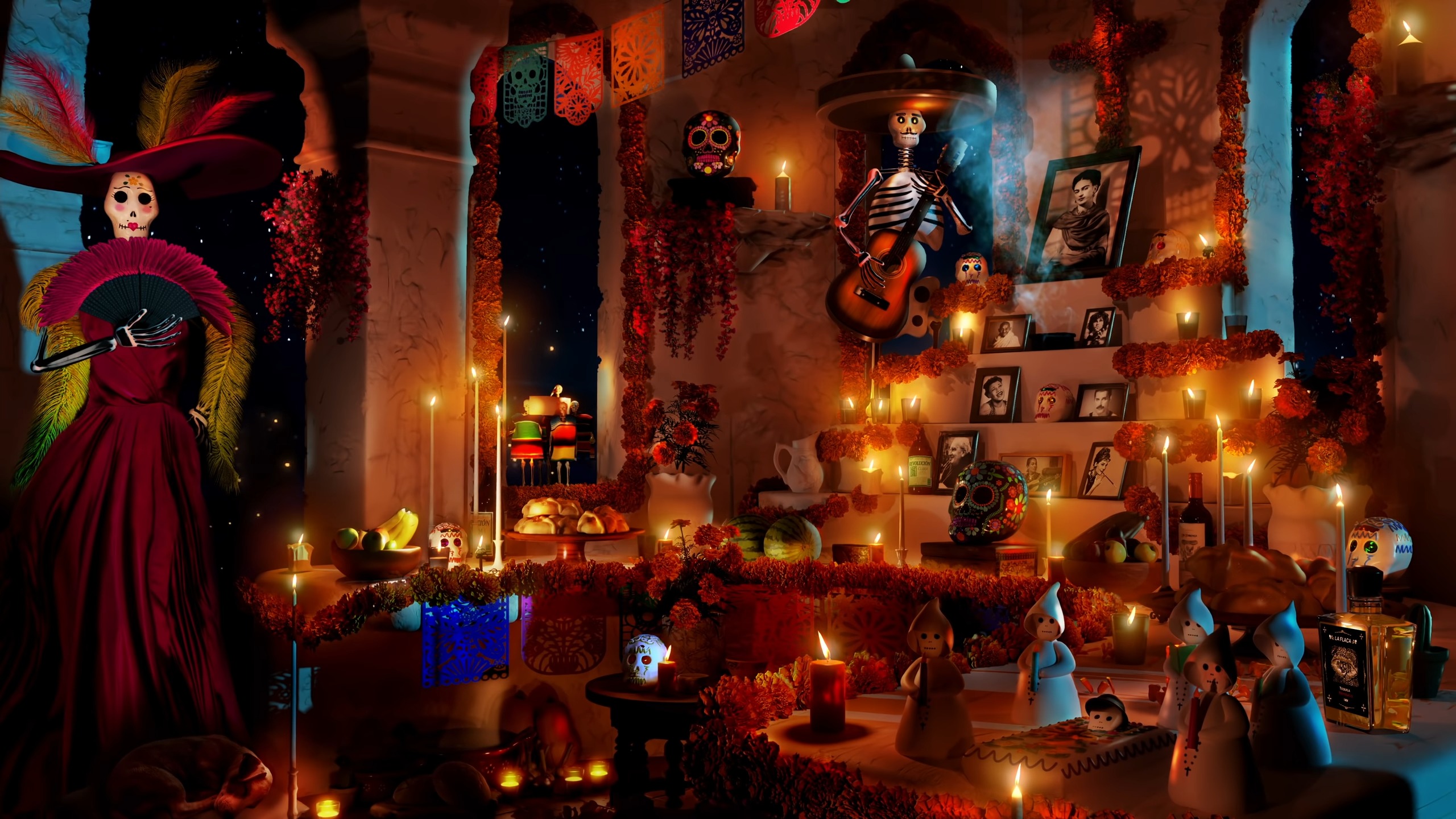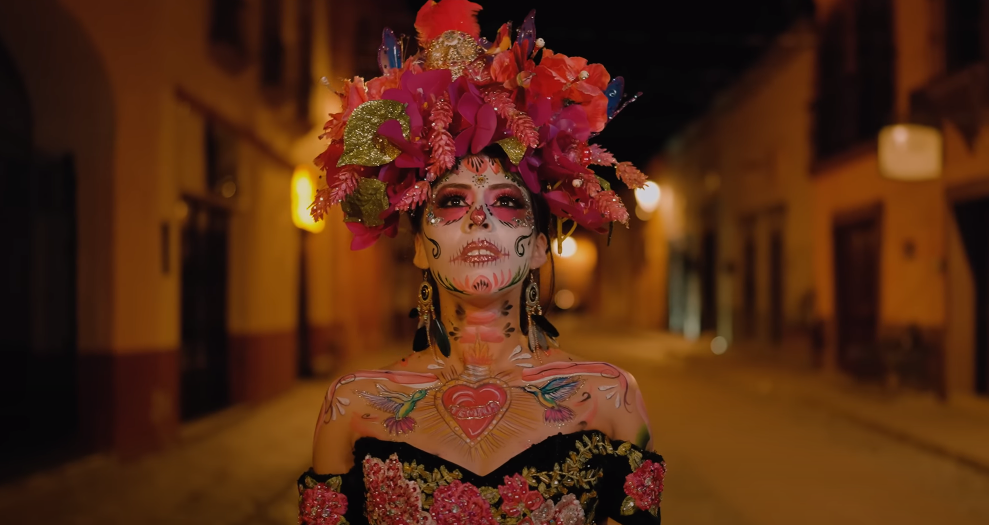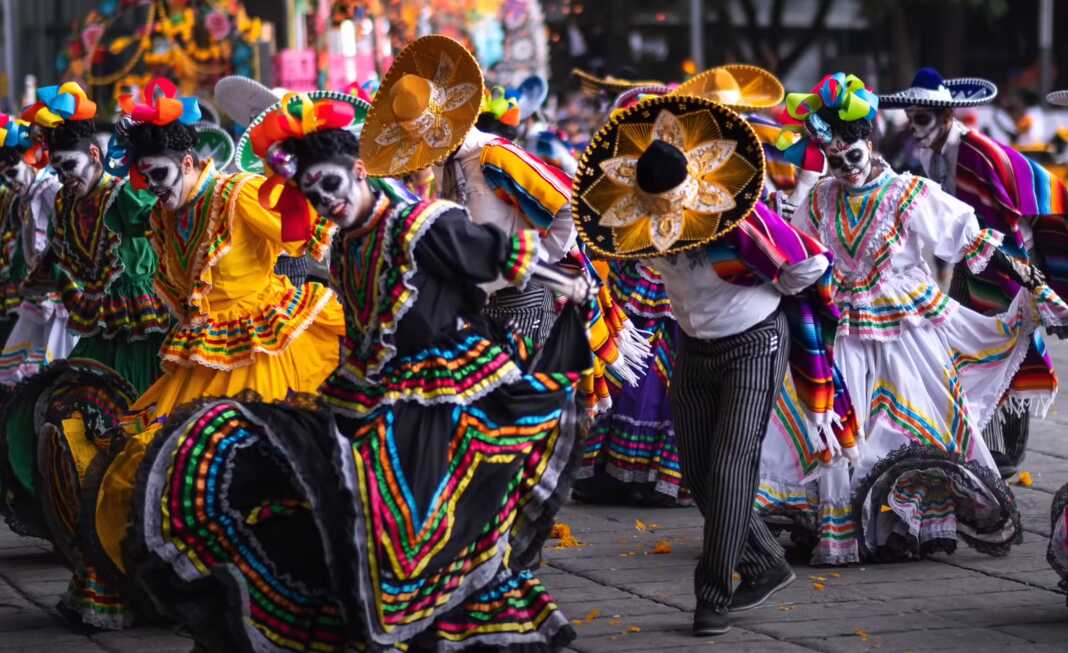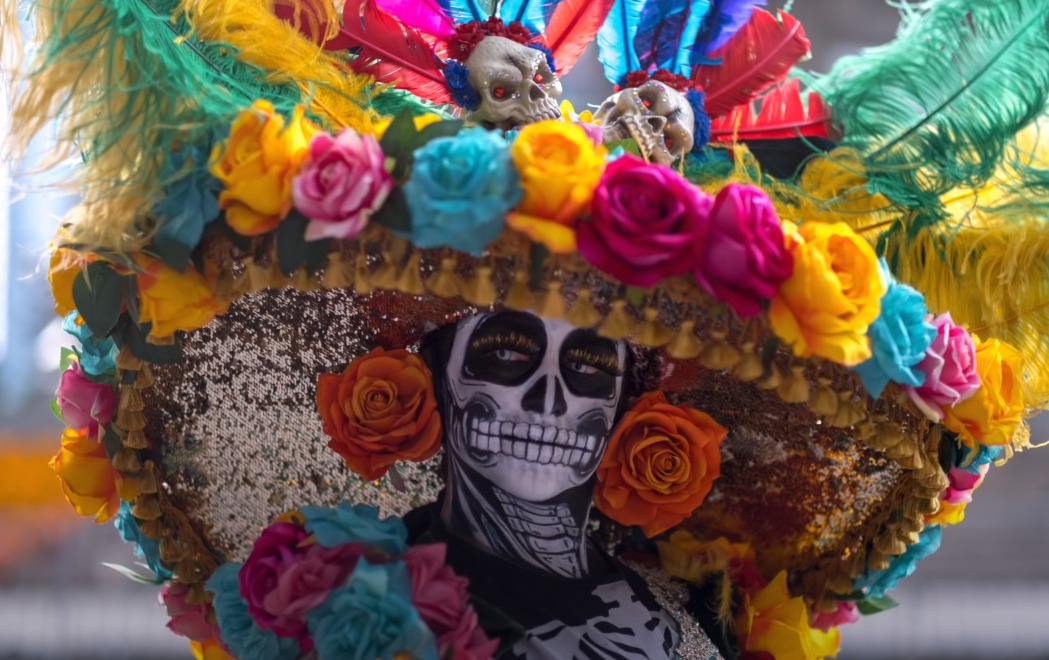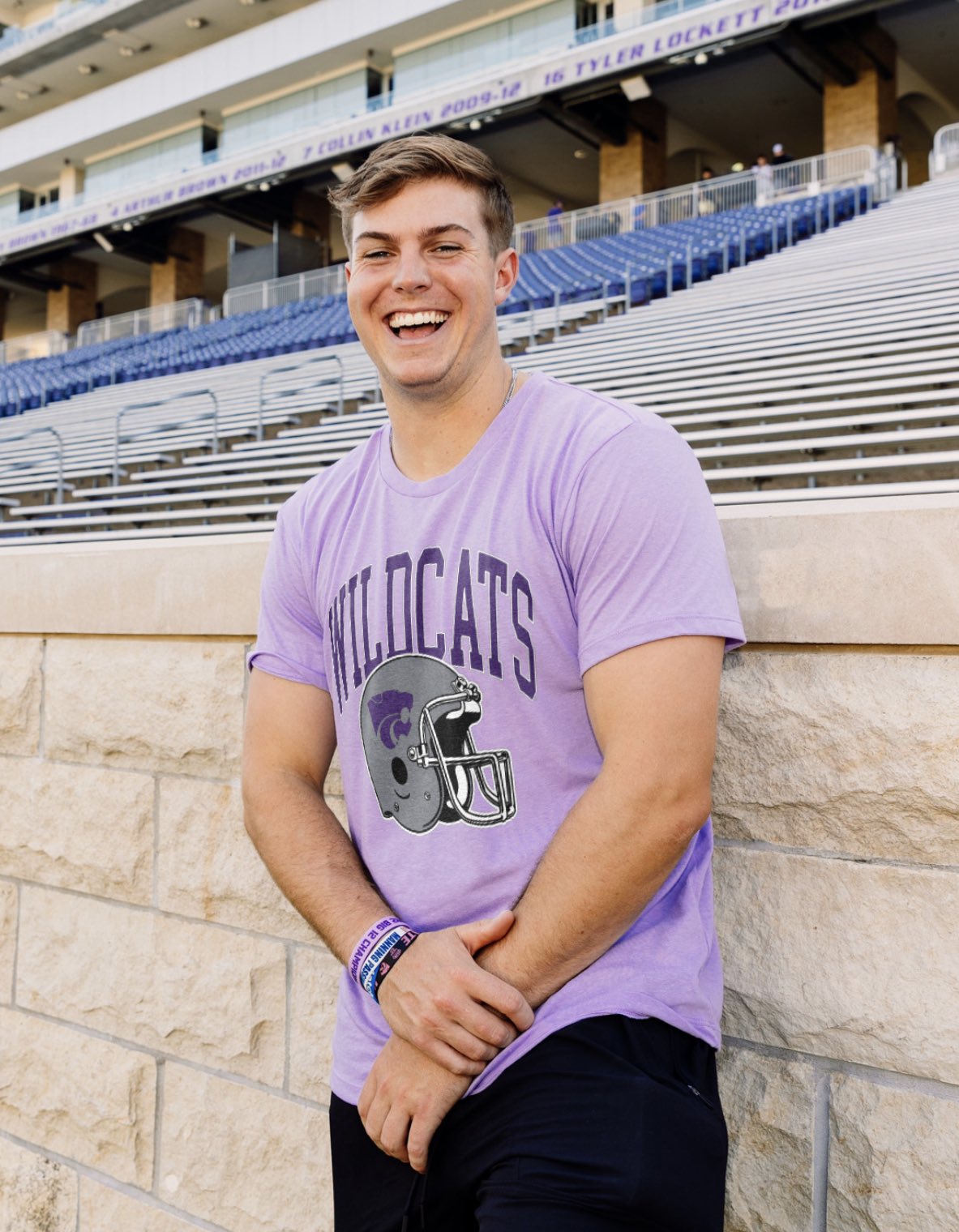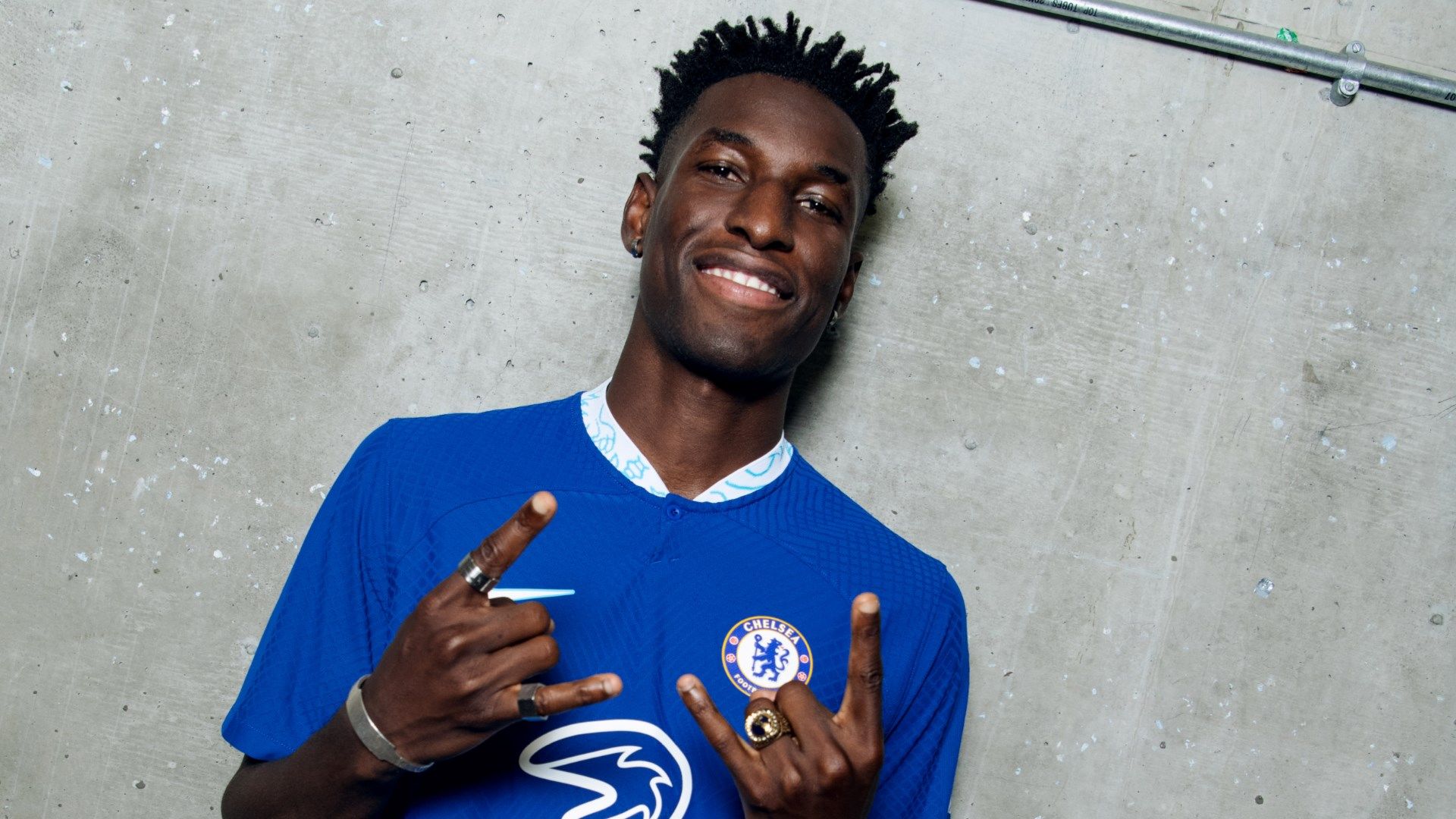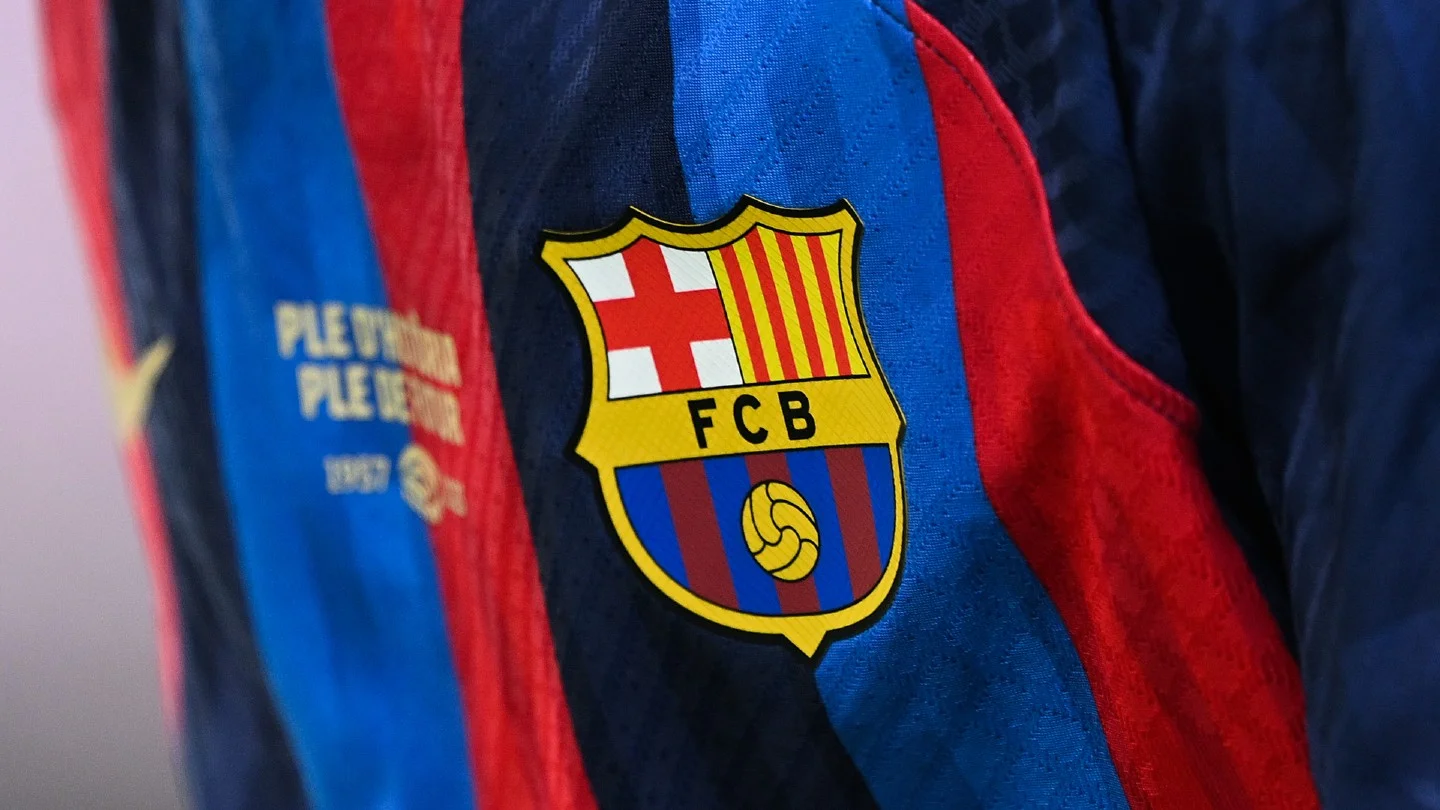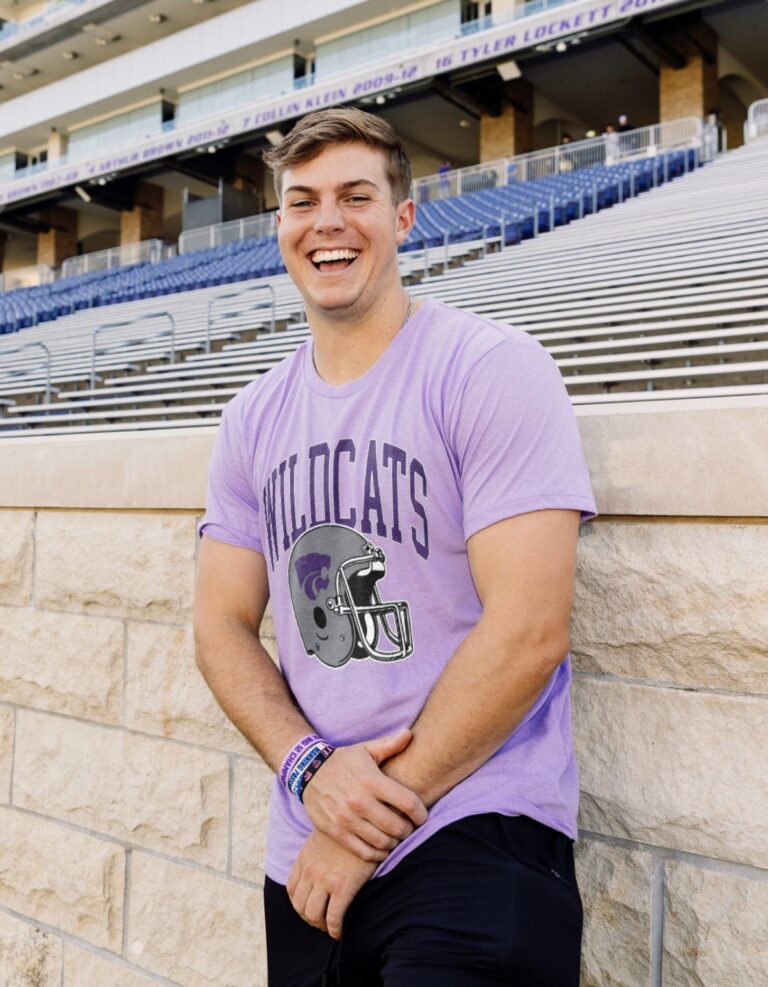As I walked through the vibrant streets of Mexico City, adorned with marigold petals and colorful papel picado, I felt an overwhelming sense of unity and love. It was the Day of the Dead, or Día de los Muertos, a tradition that goes back thousands of years.
This is not just a day to remember those who have passed away, but a celebration that brings families together, reconnecting them with their ancestors. In this blog post, I’ll take you through my personal journey of experiencing this beautiful tradition.
The Essence of Día de los Muertos
Día de los Muertos is not a Mexican version of Halloween, as some might think. It’s a tribute to life and death, a day to honor those who have passed away and to keep their memories alive.
Unlike Halloween, which aims to ward off evil spirits, the Day of the Dead is about welcoming the spirits of loved ones back to the world of the living.
My First Impression
When I first heard about the Day of the Dead, I was intrigued but slightly skeptical. Could a day focusing on death be uplifting? My skepticism vanished as soon as I arrived in Mexico City. The atmosphere was far from mournful; it was festive and deeply spiritual, filled with music, laughter, and stories about ancestors.
The Global Reach of the Tradition
Although predominantly a Mexican tradition, the Day of the Dead has found its way into other cultures. In the Philippines, it’s known as Undas, and in Haiti, it’s called Fèt Gede. Both countries have their own unique ways of honoring the dead, from visiting graves to holding parades.
My Experience in Haiti
Last year, I had the chance to experience Fèt Gede in Haiti. People dressed in white, black, and purple, and parades filled the streets. The atmosphere was electric, yet it carried the same essence of honoring the ancestors, just like in Mexico. It was a testament to how universal the theme of remembering our roots is.
The History Behind the Day
The Day of the Dead has its origins in indigenous traditions, notably those of the Aztecs. They had a ritual known as Miccaihuitl, dedicated to honoring the dead. However, with the arrival of the Spanish and their Catholic traditions, the indigenous practices began to merge with All Saints’ Day and All Souls’ Day, evolving into what we now know as Día de los Muertos.
As I stood in front of an ancient Aztec temple, I couldn’t help but feel the weight of centuries of tradition behind this day. It’s a powerful reminder that while cultures may evolve and merge, the core values—like family and respect for ancestors—remain steadfast.
Traditions and Rituals
Visiting the Graves
One of the most common ways to honor the dead is by visiting their graves. But this is not a somber affair. Families clean and decorate the graves with marigold flowers and other adornments. Some even play music and share stories, turning the graveyard into a place of celebration.
- Marigold Flowers: Known as the flower of the dead, marigolds are believed to guide spirits with their vibrant color and scent.
- Music: Traditional songs fill the air, adding a festive touch to the atmosphere.
My Day at the Cemetery
I joined a family at the cemetery, and the experience was unlike any other. We cleaned the grave of their grandfather, laid down marigold petals, and lit candles. Then, the family broke into song, and stories about their grandfather flowed like a river. It felt like he was there with us, smiling down from the afterlife.
Ofrendas: The Heart of the Celebration
What Are Ofrendas?
Ofrendas are altars built to honor the deceased. They usually feature a large photo of the loved one, colorful papel picado, marigold petals, candles, and pan de muerto—a traditional Mexican bread. These altars are not just a tribute but a welcoming gesture for the spirits returning to the world of the living.
Inspired by this tradition, I decided to create my own ofrenda for my late grandmother. I included her favorite book, a bottle of her preferred perfume, and even a small dish of her best-loved meal. As I lit the candles, I felt a sense of peace envelop me, as if my grandmother’s spirit had indeed returned to spend time with me
The Symbolism in Day of the Dead
Skulls, or calaveras, are a prominent symbol in Day of the Dead celebrations. Far from being a morbid symbol, they represent the cyclic nature of life and death. Sugar skulls are often placed on ofrendas and are sometimes personalized with the names of the deceased.
During my time in Mexico, I was fascinated by the figure of La Catrina—a tall, elegantly dressed female skeleton. Originating from a 1910 sketch by Mexican artist José Guadalupe Posada, La Catrina has become an icon of the holiday. I even saw women dressed as La Catrina, embodying the spirit of the celebration.
The Role of Food and Drink
Food plays a significant role in Day of the Dead celebrations. Pan de muerto, a sweet bread, is a staple. Families also prepare the favorite dishes of their deceased loved ones, as it’s believed that the spirits consume the essence of the food placed on the ofrenda.
- Pan de Muerto: This is a sweet bread often flavored with anise seeds and decorated with bone-shaped pieces of dough.
- Tamales: These are another popular food item, made from masa (corn dough) and usually filled with meats or cheeses.
I had the opportunity to help a local family prepare tamales and pan de muerto. The experience was not just culinary but deeply spiritual. As we cooked, family members shared stories of their ancestors, making it feel as if they were joining us in the kitchen.
Music and Dance
Music is an integral part of the Day of the Dead. From mariachi bands to indigenous chants, the air is filled with melodies that are both jubilant and reflective. The music serves to both entertain and to connect people with their ancestors.
My Dance with the Dead
In one of the local squares, a group was performing a traditional dance dedicated to the spirits. I was invited to join in, and as I moved to the rhythm, I felt an indescribable connection to something greater than myself. It was as if the dance steps were a language, communicating love and respect to those who had passed on.
Community Events and Parades
In many cities across Mexico, the Day of the Dead is marked by public events and parades. These are not just for locals; everyone is welcome. The parades often feature elaborate floats, costumes, and of course, music and dance.
I attended a parade in Oaxaca, and it was a spectacle to behold. Floats adorned with marigolds and skeletons passed by, and people in costumes danced in the streets. The energy was infectious, and for a moment, the boundary between the living and the dead seemed to blur.
The Spiritual Aspect
Beyond the festivities, the Day of the Dead is a time for spiritual reflection. It’s a day to contemplate our mortality and to appreciate the preciousness of life. Many people attend church services or engage in personal rituals to connect with the divine.
On the night of November 2nd, I found myself in a small chapel, lit only by candles. As I sat there, I felt a profound sense of peace and connection—not just with my ancestors but with the universe as a whole. It was a fitting end to a day that had taken me on an incredible spiritual journey.
Frequently Asked Questions
Is the Day of the Dead only celebrated in Mexico?
No, the Day of the Dead has variations in other countries like the Philippines, Haiti, and even in some parts of the United States.
Can tourists participate in the celebrations?
Absolutely, tourists are generally welcome to join in the celebrations. However, it’s important to be respectful and understand the significance of the day.
What is the significance of the marigold flower?
The marigold flower, also known as cempasúchil, is believed to guide the spirits back to the world of the living with its vibrant color and scent.
Do people wear costumes?
Yes, many people paint their faces to resemble skulls and some women dress up as La Catrina. Costumes are generally elaborate and colorful.
Is it appropriate to bring gifts to a Day of the Dead celebration?
Yes, it’s common to bring offerings for the ofrendas, such as food, beverages, or flowers. Personal items that were significant to the deceased are also appropriate.
How do children participate?
Children are often involved in building the ofrendas and may also participate in the cleaning and decorating of graves. They are taught the importance of honoring ancestors from a young age.
Are pets included in the celebration?
In some families, yes. Pets who have passed away may also have their pictures added to the ofrenda, and some families even create a separate ofrenda for them.
Final Words
The Day of the Dead is more than a holiday; it’s a spiritual journey that reconnects families and honors ancestors. It’s a celebration of life, love, and the eternal cycle that binds us all. Whether you’re a native to the tradition or a curious outsider, the Day of the Dead offers a unique lens to view the concept of life and death, one that enriches the soul and strengthens family bonds.

